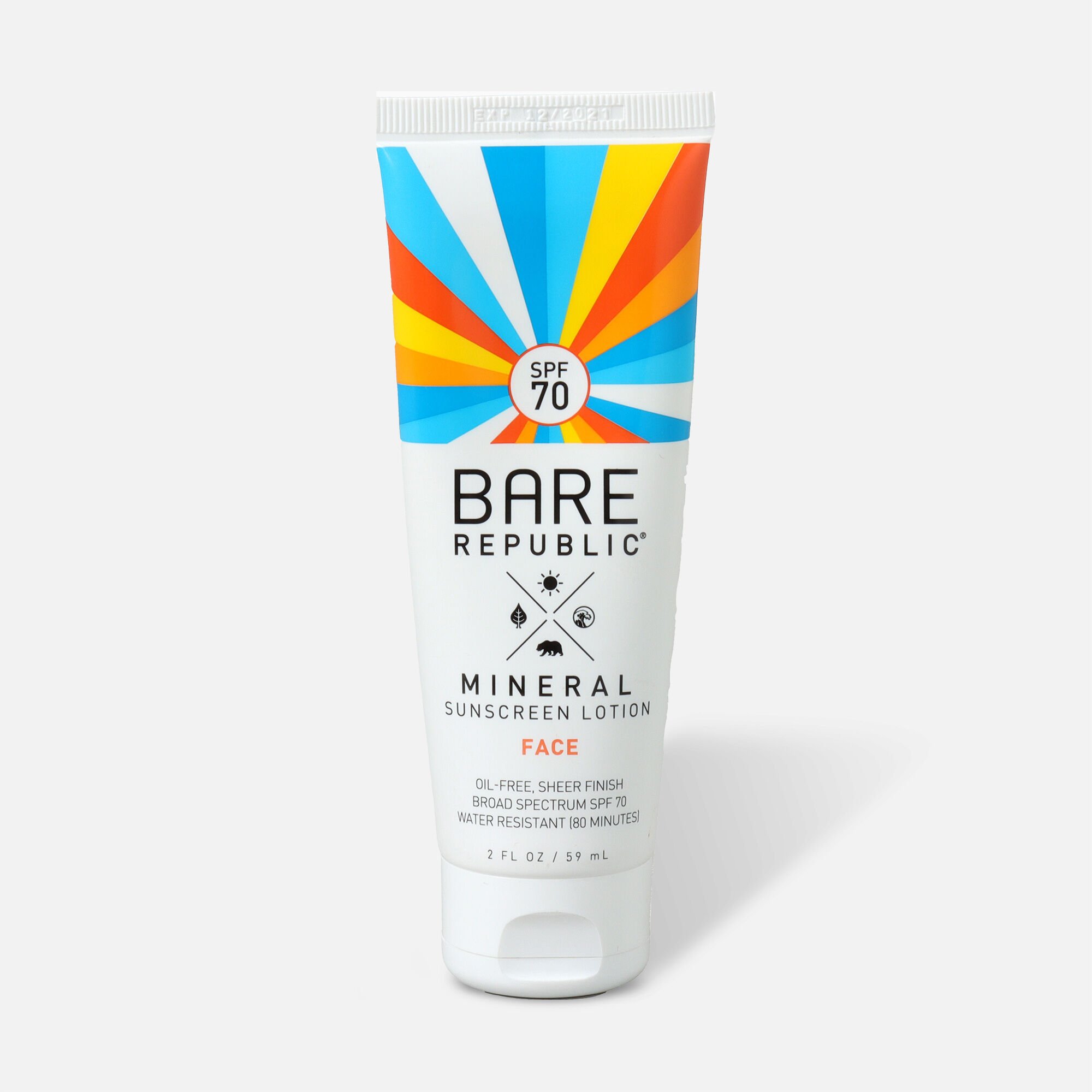

One big reason why some people steer clear of mineral sunscreens is that they can oftentimes leave behind a white cast or residue on the skin. What are the disadvantages of using mineral sunscreen? Chemical sunscreens, in contrast, should be applied 20 minutes before going out in the sun, since it requires time to absorb into the skin, according to Dr. Not only that, but the active ingredients in mineral sunscreens tend to be safer for the environment than those of chemical formulas (we’re talking about you, oxybenzone and octanoate). You additionally don’t have to wait for mineral sunscreens to start working they’re effective immediately, as they simply sit on top of the skin.
#Bare mineral sunscreen skin
“They are less likely to cause skin sensitization, which can cause a rash that presents with red, scaly, itchy patches,” he says. This makes the former option great for those who worry about soaking up active ingredients into their body, per Dr.

Mineral sunscreens sit on top of your skin instead of absorbing into your skin. What are the advantages of using mineral sunscreen? The key words here that emphasize the difference between the two are “reflect” (for mineral sunscreens) and “absorb” (for chemical sunscreens). On the other hand, “Chemical sunscreens absorb UV radiation and turn it into heat energy that is released from the skin surface,” per Dr. “Mineral sunscreens protect skin from the harmful effects of UV radiation by reflecting them off the skin surface,” according to Dr. To help you decide, here is some must-know information to keep in your back pocket as you search for your go-to formula, along with the best mineral sunscreen options on the market. We know that ultimately, your choice comes down to personal preference. Brendan Camp to understand the differences between the two, as well as each one’s pros and cons. But what sets each apart? We spoke to double board-certified dermatologist Dr. Besides mineral sunscreens for the face, there are chemical ones.


 0 kommentar(er)
0 kommentar(er)
